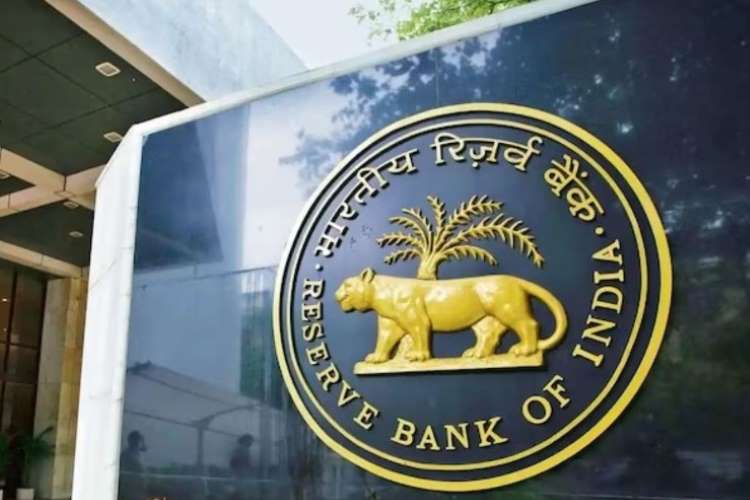
The RBI is expected to keep the repo rate unchangedin the first monetary policy announcement after the Lok Sabha elections. The Indian economy has been performing commendably, with a GDP growth rate of 8.2% in the financial year ended March 2024. Gross fixed capital formation ranged between 33.3% and 33.5%, supported by the Union government’s capital expenditure. The manufacturing sector and construction grew by 9.9%, while the financial and real estate sectors expanded by 8.4%. Core industries like cement and steel recorded impressive growth rates of 9% and 12.4%, respectively, and the Index of Industrial Production showed a growth of 5.8% in 2023-2024, compared with 5.2% the previous year.
Encouraging trends in the mining and manufacturing sectors and the latest IIP data for March indicate a significant positive outlook for manufacturing and electricity.
The rise in the price level, as measured by the Consumer Price Index (CPI) and Wholesale Price Index (WPI), remains benign. However, the food WPI is a major concern because of higher prices of potatoes and onions. Potato prices surged due to unseasonal rains in December 2023 which hampered production, while onion prices rose after the export ban was lifted. In April 2024, the CPI was 4.83%, and the WPI was 1.26%. The food CPI at 8.7% remains a cause of concern.
READ | Election 2024: How Modi’s BJP struggled in its strongholds
Foreign exchange reserves at $646.67 billion are adequate, providing an import cover of 11 months. Exports are doing reasonably well despite global challenges, but rising imports are a cause for concern as the current account deficit could widen. Oil prices have stabilised between $80 and $85 a barrel, with India largely importing oil from Russia, Iraq, and Saudi Arabia. Recently, oil imports from Russia have quadrupled compared with those from Saudi Arabia and doubled compared with those from Iraq.
Gold prices, reflecting market uncertainty, were very high at $2,327 per ounce in May 2024, compared with $1,855 per ounce in February 2023 at the start of the Russia-Ukraine war. The external sector is expected to perform well, with FDI inflow likely to improve alongside India’s high growth rate.
The United States is unlikely to cut interest rates immediately due to upcoming elections and inflation at 3.3%, which is above the 2% tolerance level. In Europe and the UK, inflation is below 3.0%, making a rate cut more probable in the near future. Among emerging countries, only Brazil has started cutting interest rates.
India’s quarterly performance in 2023-24 was robust with growth rates of 8.2% in Q1, 8.1% in Q2, 8.6% in Q3, and 7.8% in Q4. This high growth trend could continue into the next year. Performance indicators like bank deposits and bank credit are performing robustly. The fear of an El Niño effect on the agriculture sector is receding, suggesting better agricultural performance next year. The latest Annual Report of the RBI, released on May 30 2024, provides an excellent analysis of the global and domestic situation. India has been performing well while other countries are still dealing with the aftermath of the COVID-19 pandemic.
Repo rate cut projections
In 2024-25, India is expected to achieve higher growth than the projected 7.0%. If investments are encouraged, India could grow above 8%, making rate cuts essential. The timing of the rate cut is crucial. Considering the election results, a rate cut in June may be too early. Additionally, the repo rate has historically followed the Fed rate.
The US Fed has new compulsions, with inflation exceeding 3%, which is not expected to abate soon. The US election cycle will pick up by September 2024, giving the RBI a window to decouple, which it should do sooner rather than later, preferably by August 2024. Although India is growing at 8%, the potential is still higher. Lower interest rates should ensure higher investment, especially from the private sector, to drive India to a GDP growth rate in the range of 8-9%. Therefore, a rate cut could be considered in August 2024.
Dr Charan Sigh is a Delhi-based economist. He is the chief executive of EGROW Foundation, a Noida-based think tank, and former Non Executive Chairman of Punjab & Sind Bank. He has served as RBI Chair professor at the Indian Institute of Management, Bangalore.

